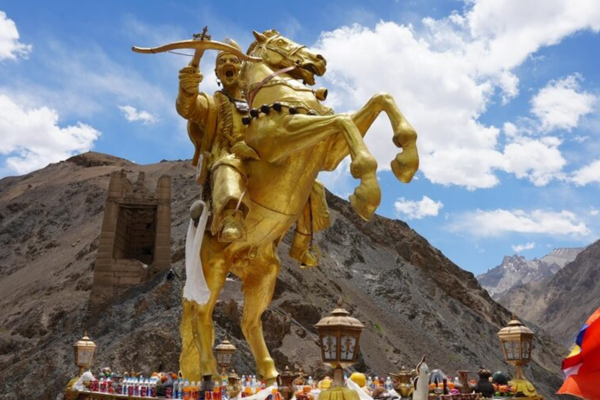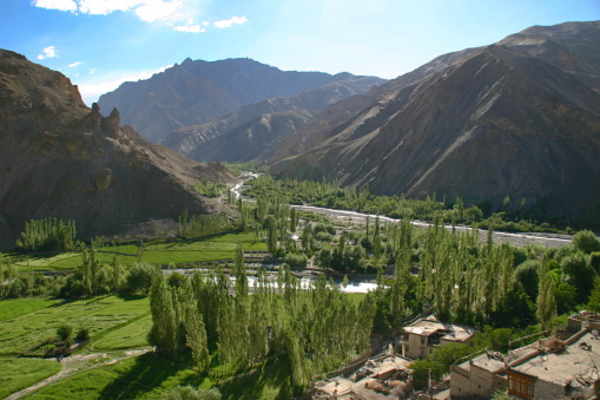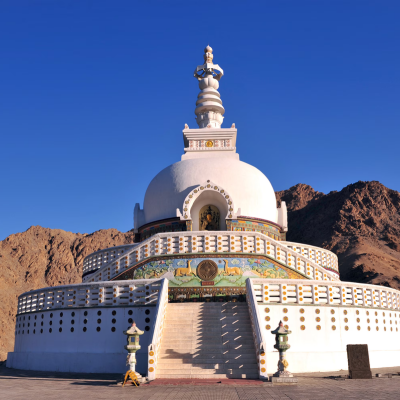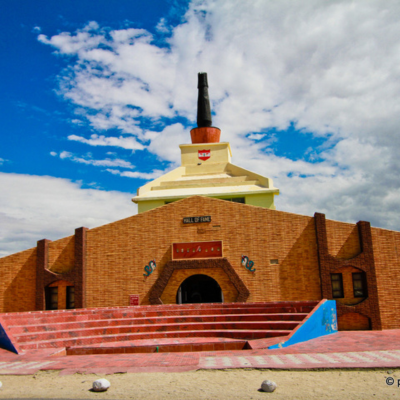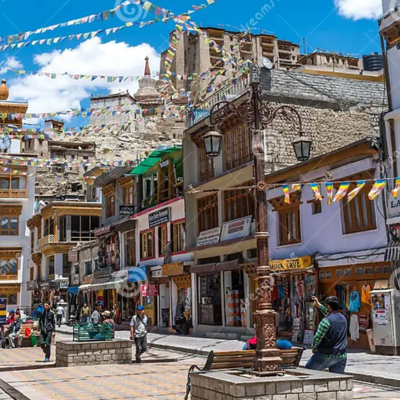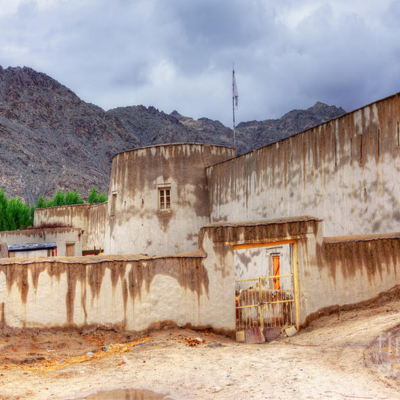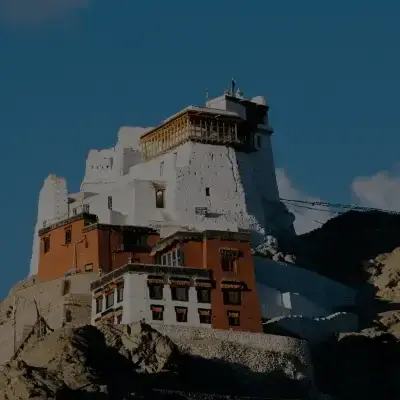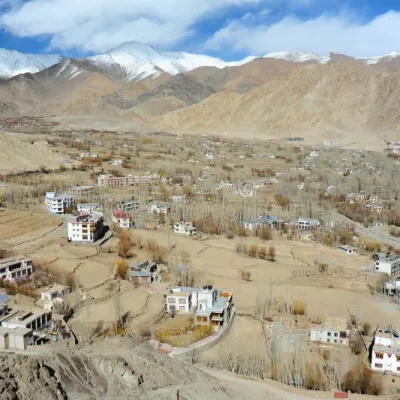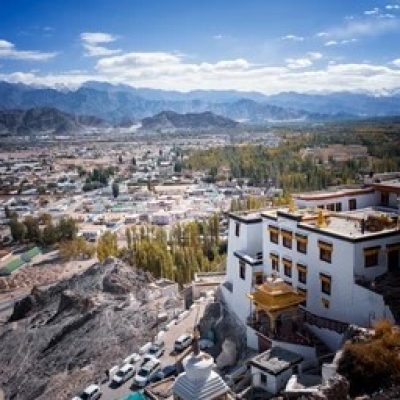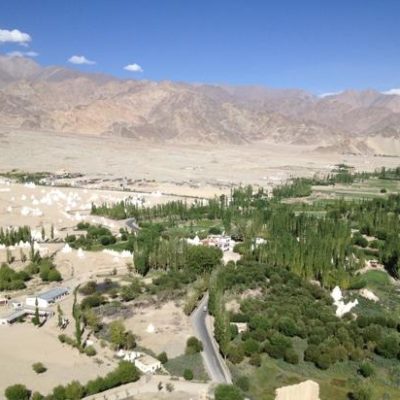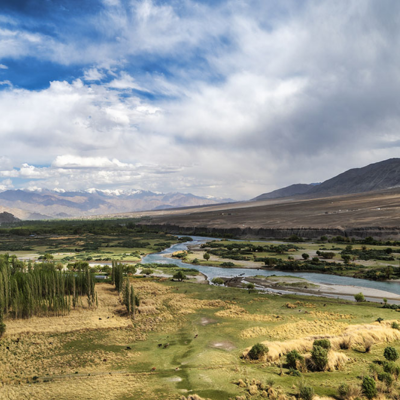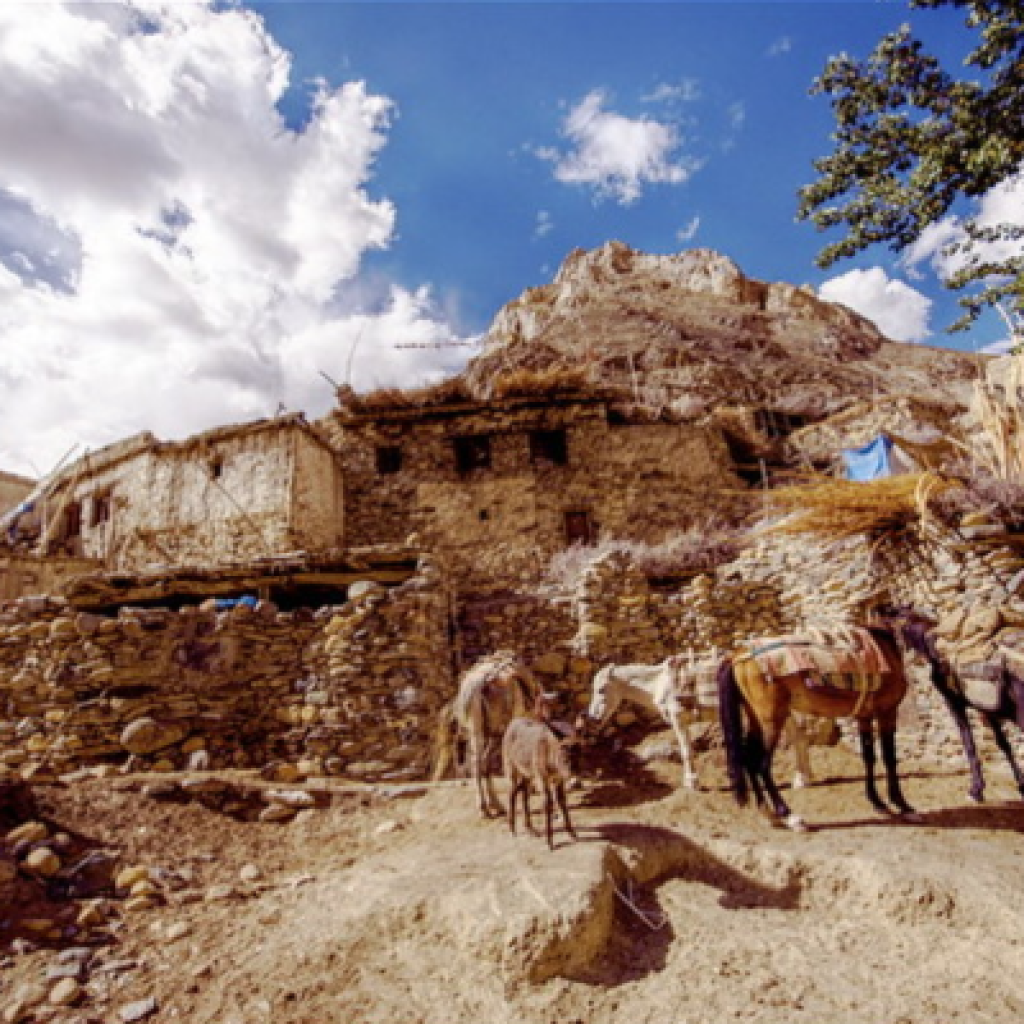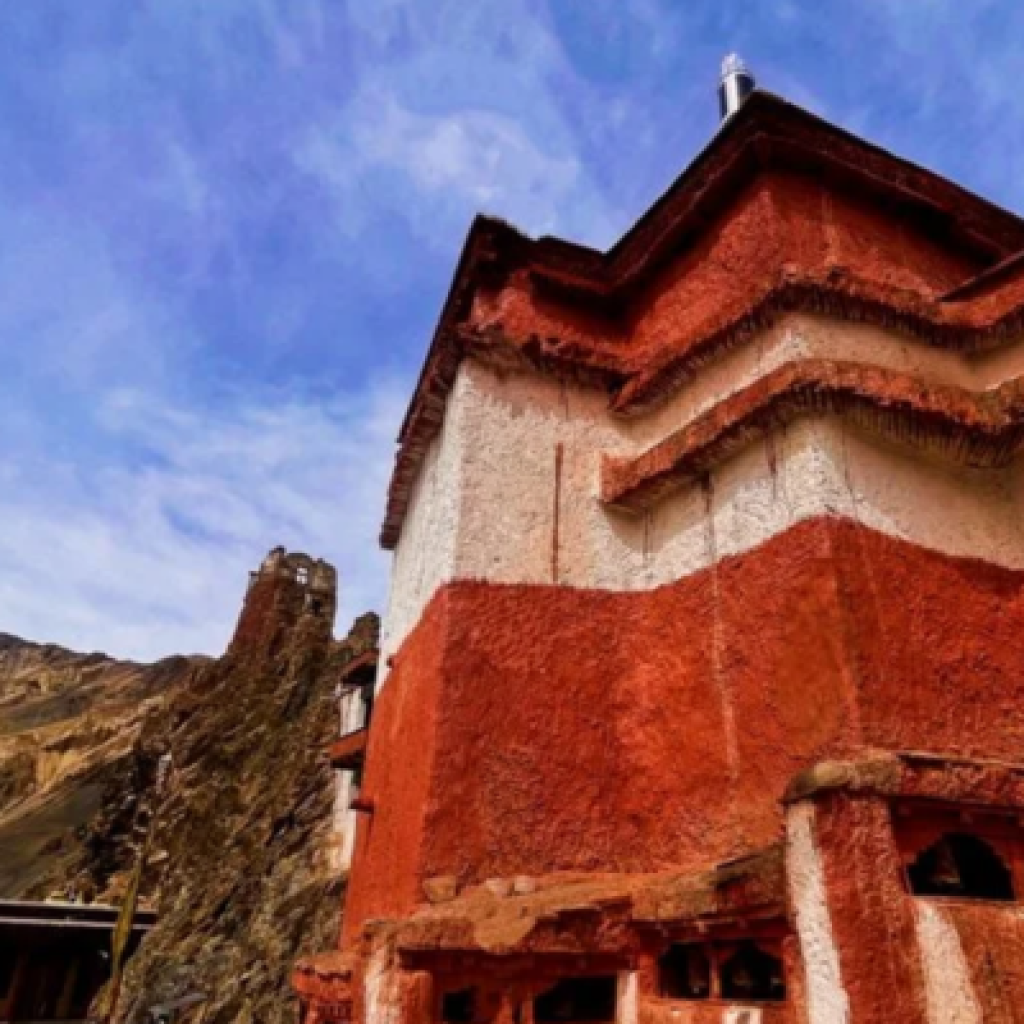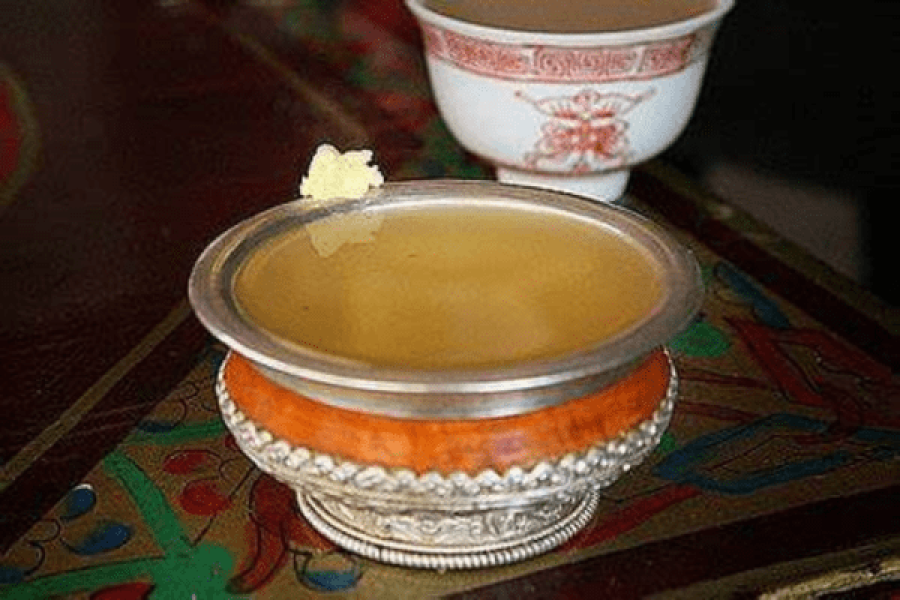- Wanla’s historical roots stretch back to the 11th century when it was part of the influential kingdom of Maryul.
- The centerpiece of Wanla is its fortress-monastery complex built around the 14th century, attributed to Rinchen Zangpo’s disciples and later supported by King Lhachen Ngaglug.
- The monastery represents early Ladakhi Buddhist architecture and holds rare murals and wooden carvings in the Alchi style.
- The village has long served as a confluence of trade, travel, and religious exchange along the old route to Zanskar.
